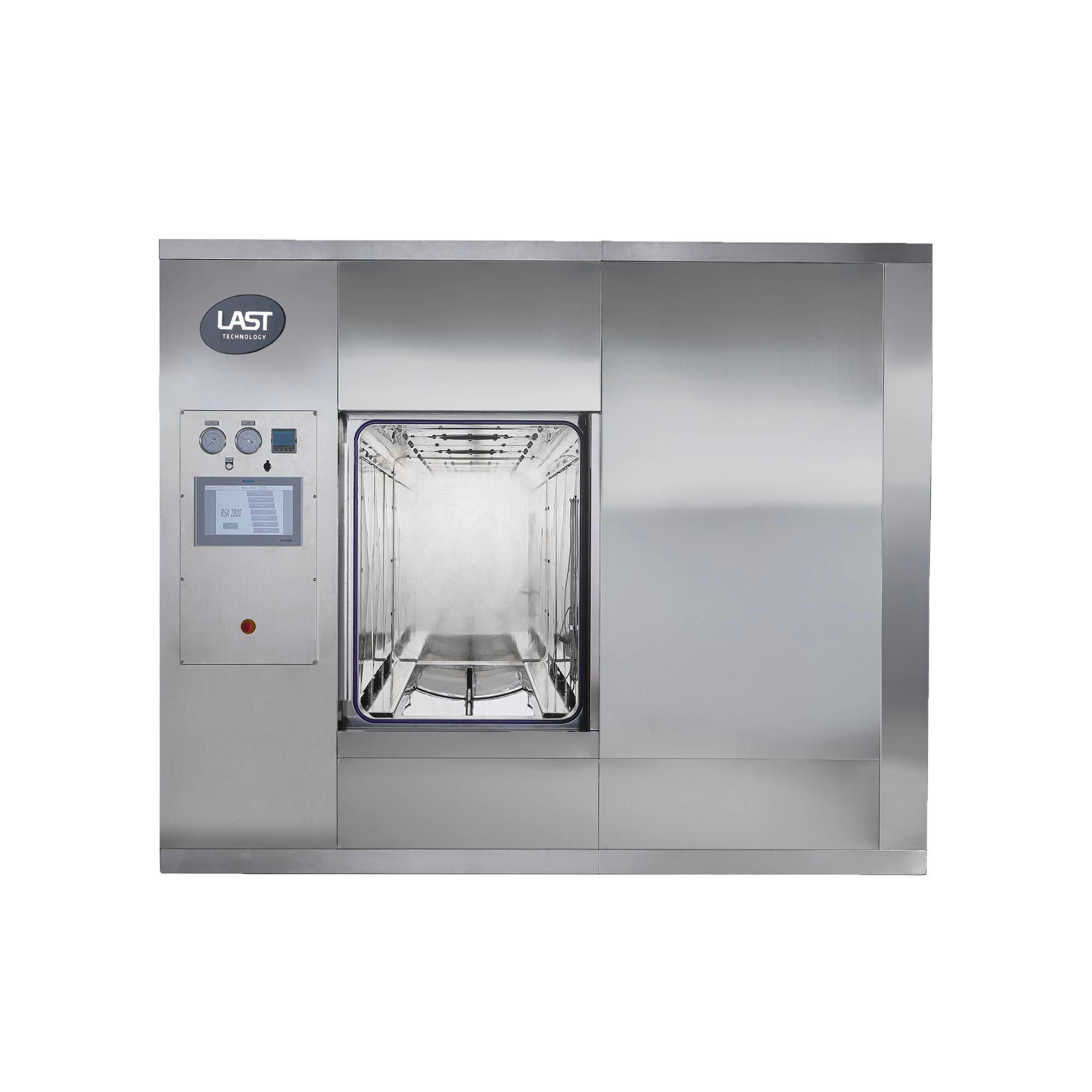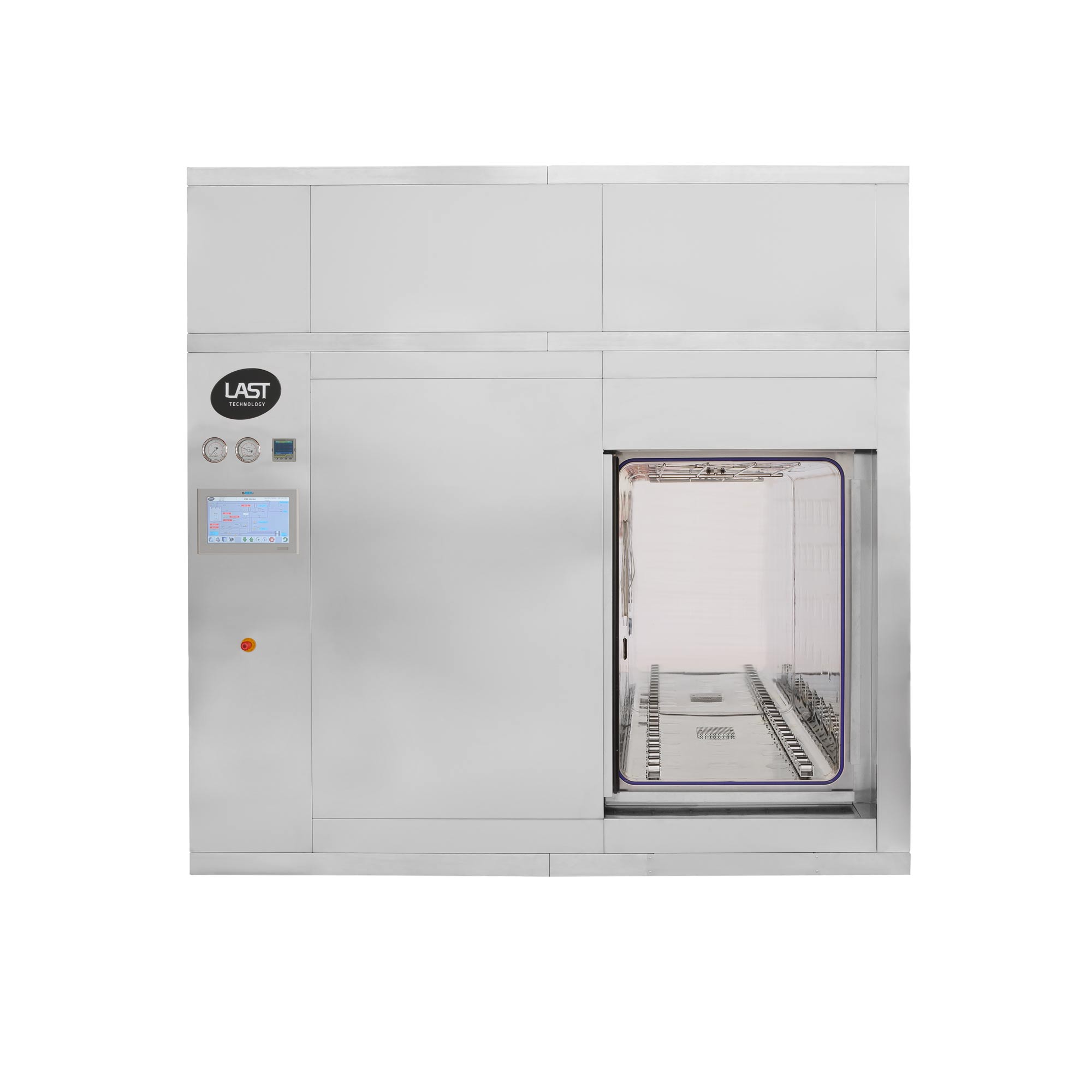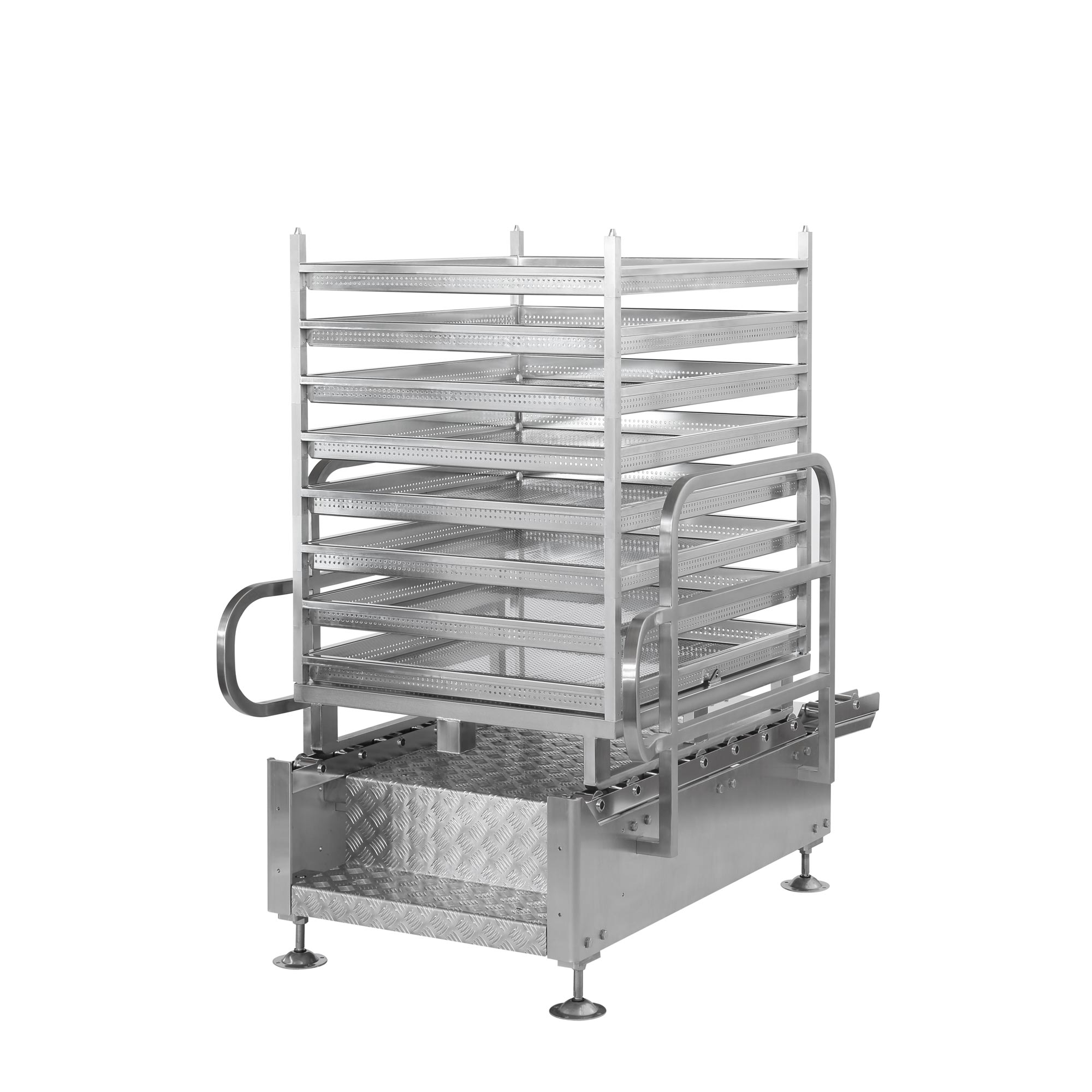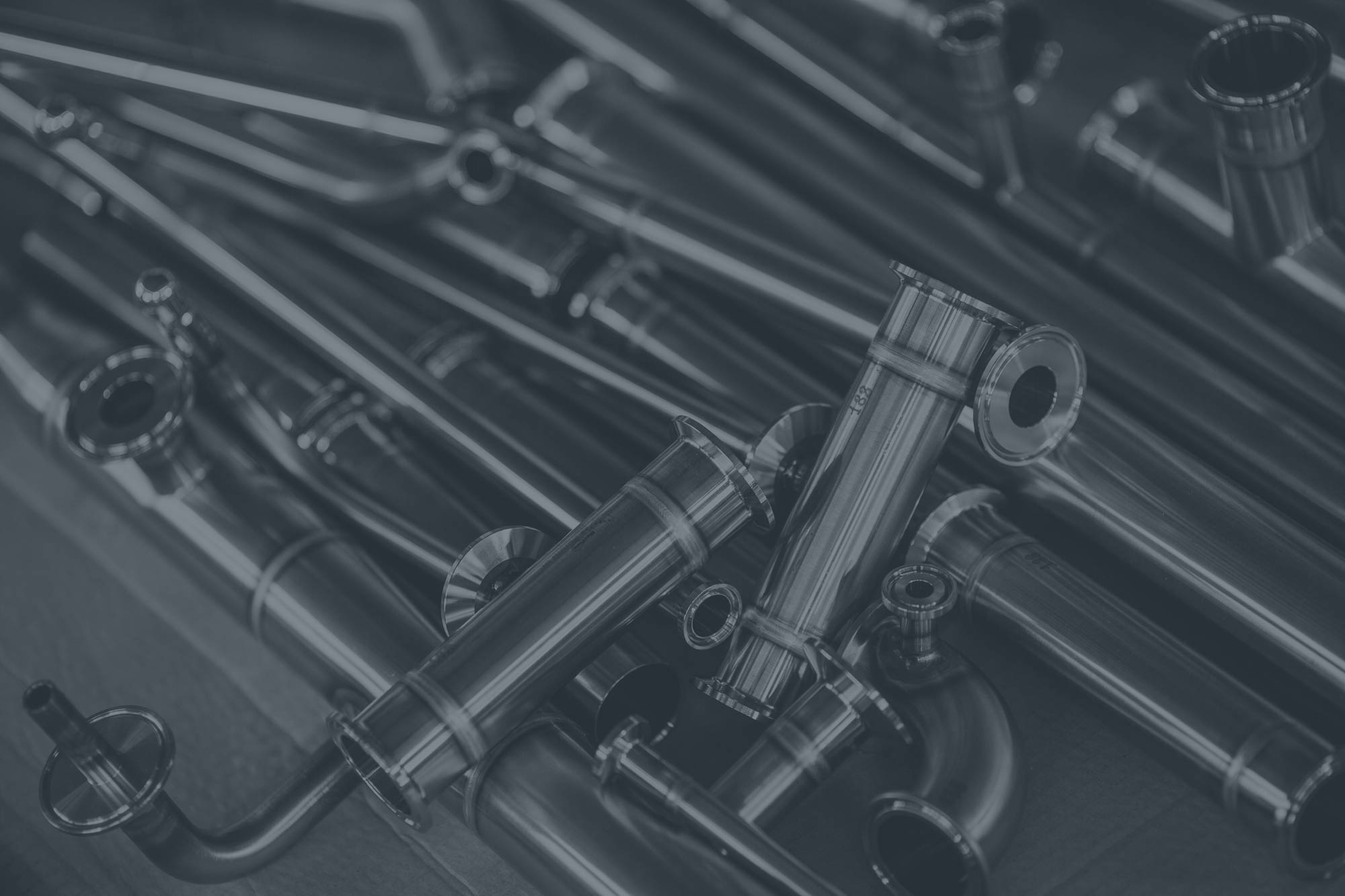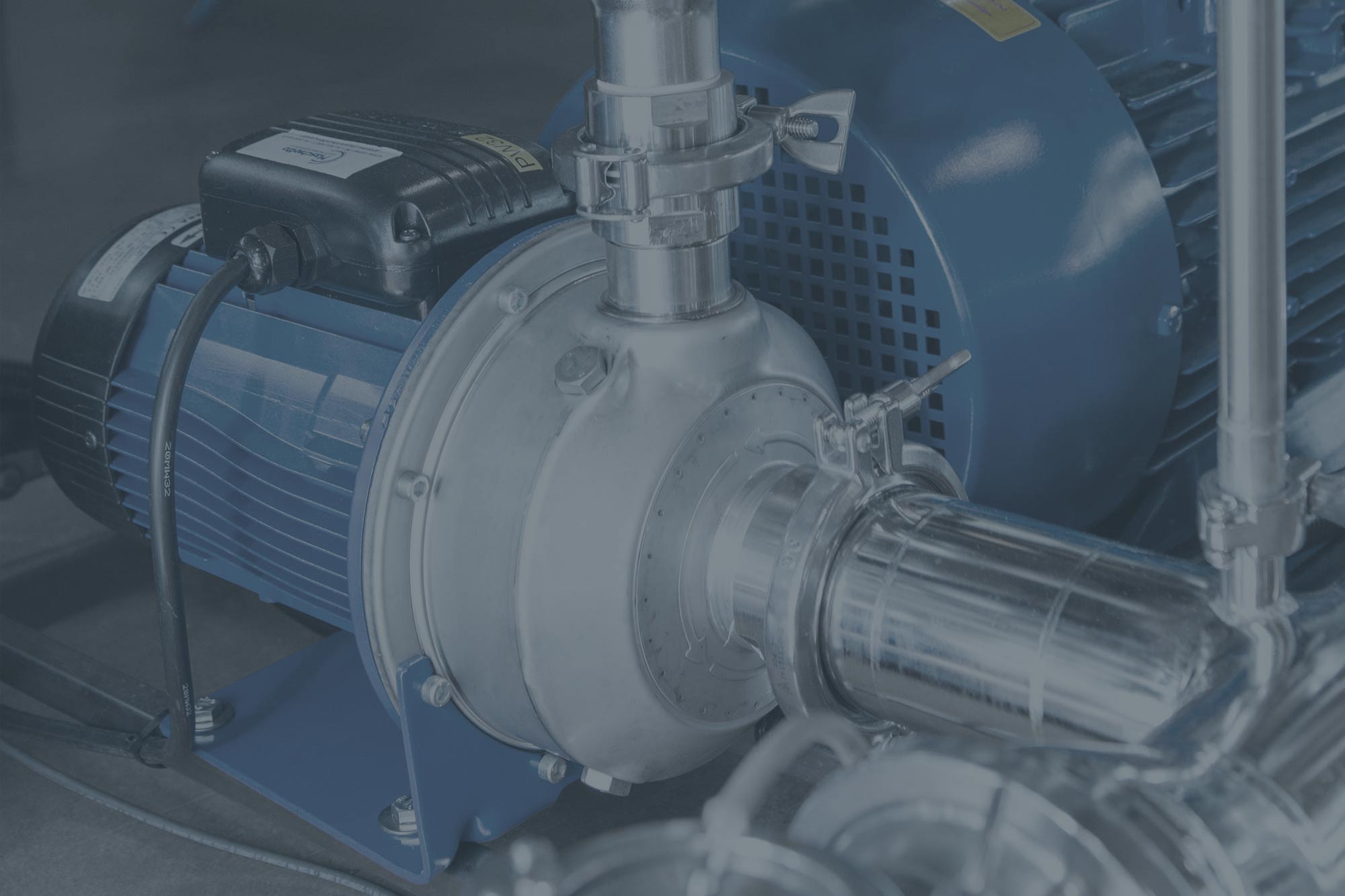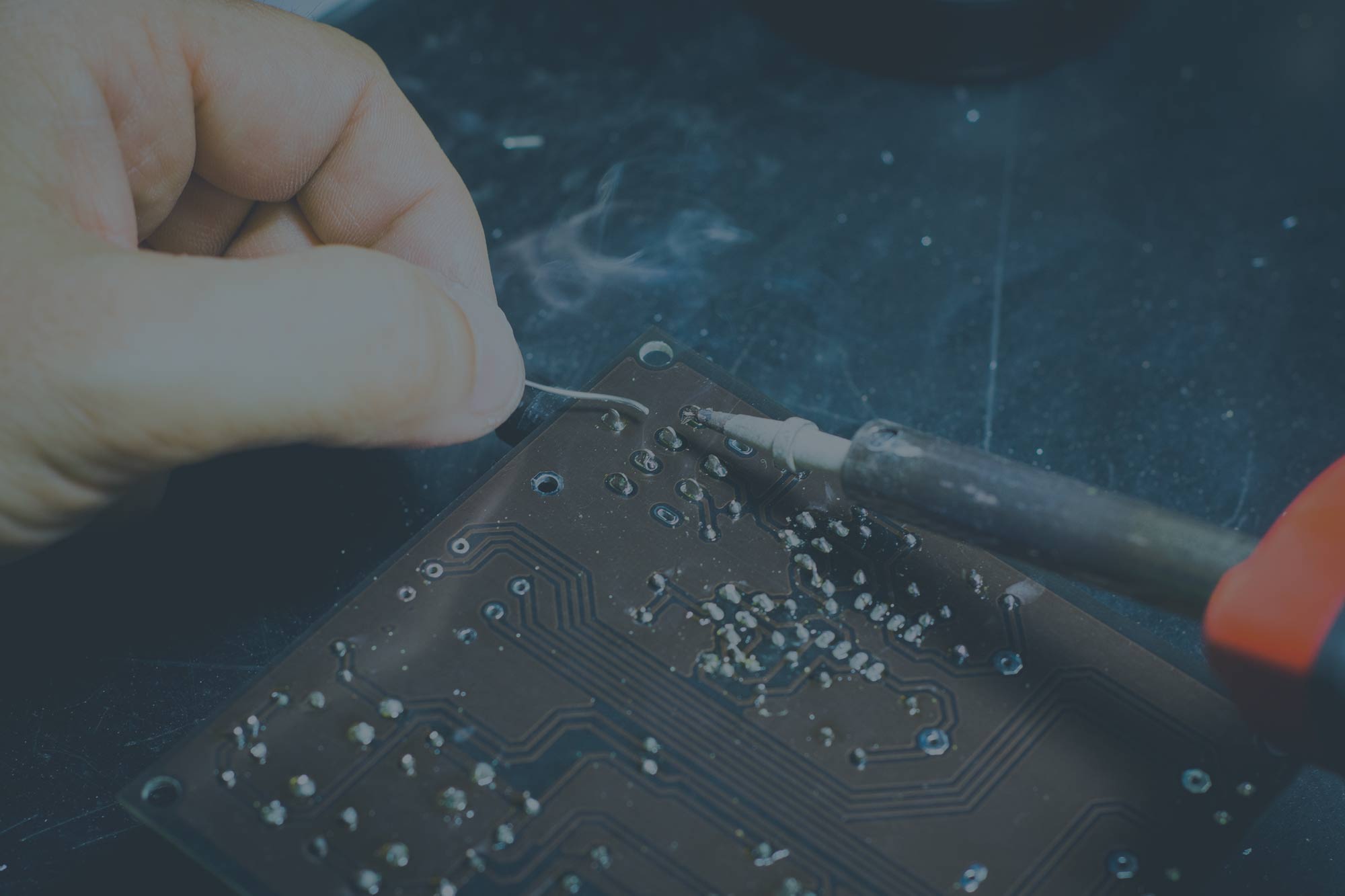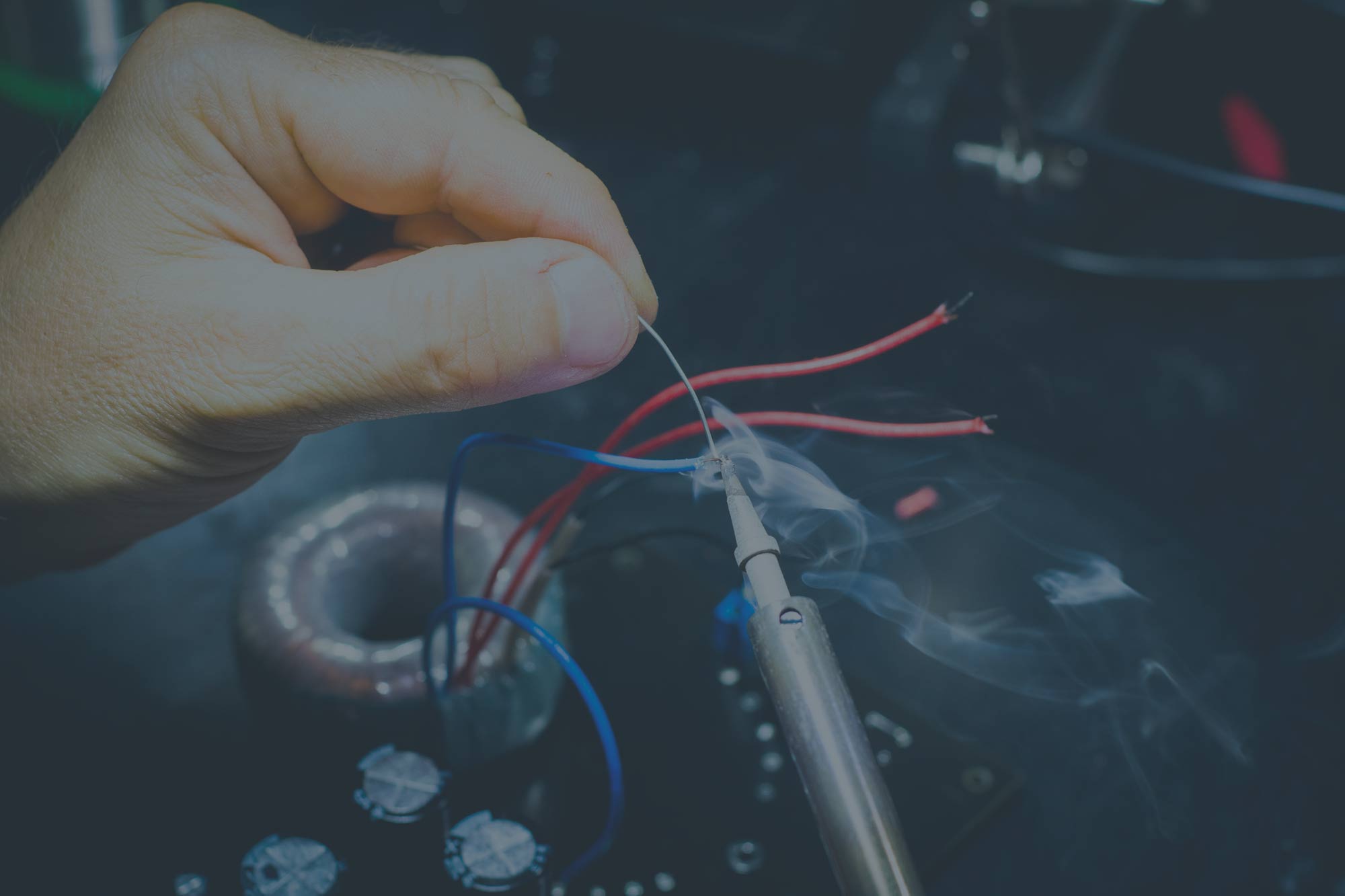
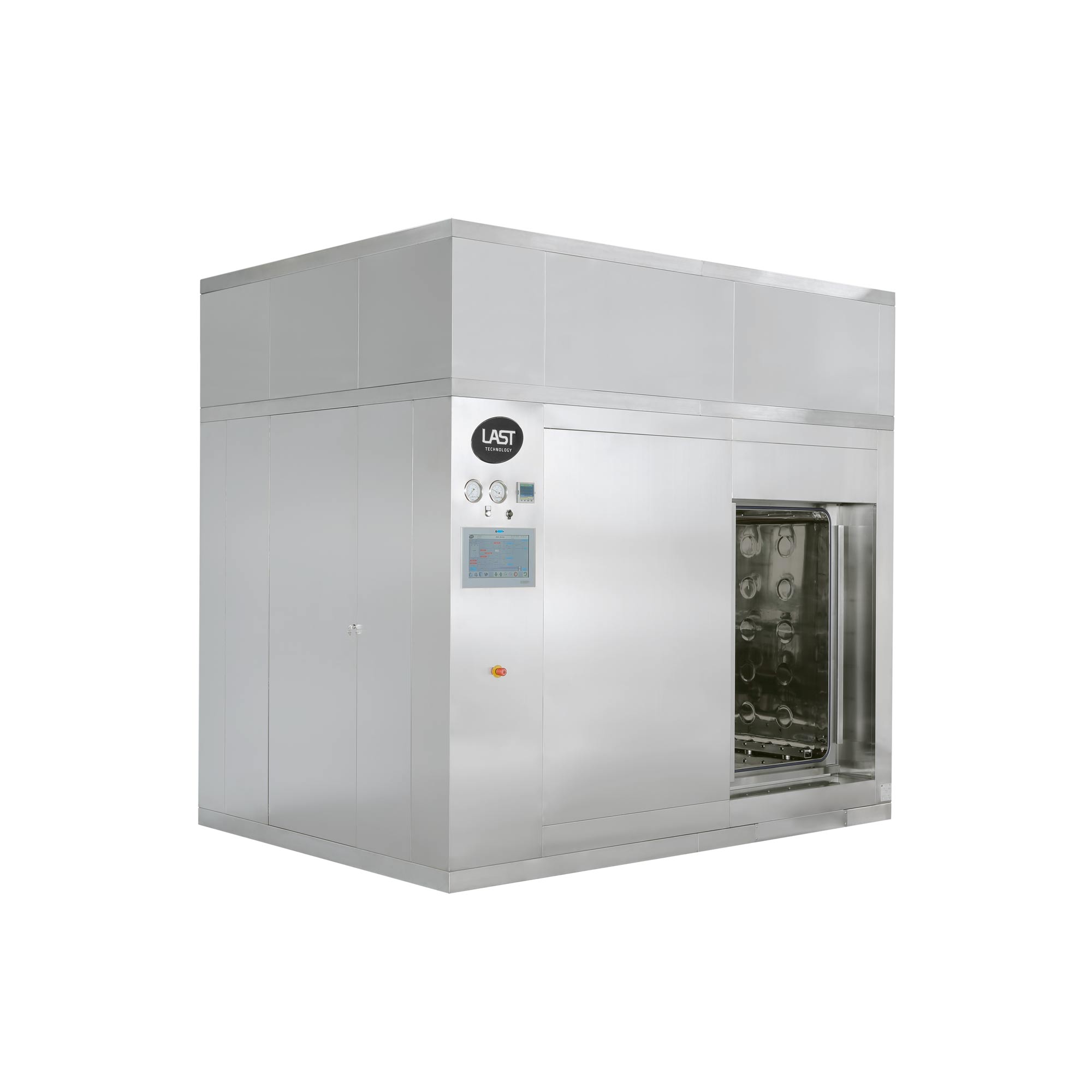
Predefined and “custom” programmes for every need. The equipment process is developed by our Automation Department, according to the current regulations/standards and the type of product being sterilised. Sterilisation chamber pressure or vacuum tests; Bowie & Dick tests; Helix tests; automatic filter breaker test with integrity tests; solid component and porous load programme; programme for liquids in ventilated containers; programme for liquids in sealed containers; programme for liquids in syringes; sensitive/fragile product (e.g. filter cartridges) programme; rubber cap programme; decontamination cycle with chamber condensate sterilisation and drain filtration, in compliance with BSL3 and BSL4, etc. The steam is injected into the sterilisation chamber via a PID-controlled automatic modulating valve and the generated condensate is continuously evacuated through the drain, in order to ensure excellent heat distribution during all the sterilisation phases (temperature deviation below ± 0.4°C).
- Circular, quadrangular or rectangular sterilisation chamber with quadrangular or rectangular hatches (doors).
- An ashlar-type cavity completely envelopes the chamber to quickly and uniformly heat/cool the loads.
- Fully welded one-piece chamber with rounded corners to ensure excellent hygiene levels and facilitate internal surface cleaning.
- The mechanical construction is resistant to temperatures above 140°C.
- Some reinforcements are welded onto the outside of the cavity to ensure stability during operating conditions.
- The chamber is positioned on a tubular-type base to evenly distribute the weight on the floor.
- The loading trolley-inserting and removing guides are positioned on the bottom of the chamber; they are also height-adjustable.
- Two 1.5” tri-clamp ferrules are welded to the chamber for validation purposes (temperature uniformity mapping and pressure tests).
- All of the chambers internal surfaces are mechanically polished and then subjected to chemical degreasing, pickling and passivation treatments. Surface finish: ≤ 0.35 micron.
- The bottom of the chamber converges towards the drain sump in order to make disposing of the condensate easier.
- Above-floor or recessed chamber installation possible (depending on the size).
- Both doors (loading and pick-up side) have been designed to be connected to the walls of the clean chambers (“Bio-seal” interface).
cGMP saturated steam autoclaves
 PHARMA DIVISION
PHARMA DIVISION
cGMP saturated steam autoclave description
The RSA Autoclaves have been designed to sterilise – by means of clean saturated steam – heat-resistant and moisture-stable materials, such as metal parts, plastic or rubber components, liquids in ventilated (open) or sealed (hermetically) containers, filter cartridges and clothing, etc.
![]() POROUS, NON-POROUS AND LIQUIDS
POROUS, NON-POROUS AND LIQUIDS
![]() SATURATED STEAM
SATURATED STEAM
![]() 121°C – 134°C
121°C – 134°C

Predefined and “custom” programmes for every need. The equipment process is developed by our Automation Department, according to the current regulations/standards and the type of product being sterilised. Sterilisation chamber pressure or vacuum tests; Bowie & Dick tests; Helix tests; automatic filter breaker test with integrity tests; solid component and porous load programme; programme for liquids in ventilated containers; programme for liquids in sealed containers; programme for liquids in syringes; sensitive/fragile product (e.g. filter cartridges) programme; rubber cap programme; decontamination cycle with chamber condensate sterilisation and drain filtration, in compliance with BSL3 and BSL4, etc. The steam is injected into the sterilisation chamber via a PID-controlled automatic modulating valve and the generated condensate is continuously evacuated through the drain, in order to ensure excellent heat distribution during all the sterilisation phases (temperature deviation below ± 0.4°C).
- Circular, quadrangular or rectangular sterilisation chamber with quadrangular or rectangular hatches (doors).
- An ashlar-type cavity completely envelopes the chamber to quickly and uniformly heat/cool the loads.
- Fully welded one-piece chamber with rounded corners to ensure excellent hygiene levels and facilitate internal surface cleaning.
- The mechanical construction is resistant to temperatures above 140°C.
- Some reinforcements are welded onto the outside of the cavity to ensure stability during operating conditions.
- The chamber is positioned on a tubular-type base to evenly distribute the weight on the floor.
- The loading trolley-inserting and removing guides are positioned on the bottom of the chamber; they are also height-adjustable.
- Two 1.5” tri-clamp ferrules are welded to the chamber for validation purposes (temperature uniformity mapping and pressure tests).
- All of the chambers internal surfaces are mechanically polished and then subjected to chemical degreasing, pickling and passivation treatments. Surface finish: ≤ 0.35 micron.
- The bottom of the chamber converges towards the drain sump in order to make disposing of the condensate easier.
- Above-floor or recessed chamber installation possible (depending on the size).
- Both doors (loading and pick-up side) have been designed to be connected to the walls of the clean chambers (“Bio-seal” interface).
cGMP saturated steam autoclaves
 PHARMA DIVISION
PHARMA DIVISION
cGMP saturated steam autoclave description
The RSA Autoclaves have been designed to sterilise – by means of clean saturated steam – heat-resistant and moisture-stable materials, such as metal parts, plastic or rubber components, liquids in ventilated (open) or sealed (hermetically) containers, filter cartridges and clothing, etc.
![]() POROUS, NON-POROUS AND LIQUIDS
POROUS, NON-POROUS AND LIQUIDS
![]() SATURATED STEAM
SATURATED STEAM
![]() 121°C – 134°C
121°C – 134°C

cGMP saturated steam autoclaves
 PHARMA DIVISION
PHARMA DIVISION
cGMP saturated steam autoclave description
The RSA Autoclaves have been designed to sterilise – by means of clean saturated steam – heat-resistant and moisture-stable materials, such as metal parts, plastic or rubber components, liquids in ventilated (open) or sealed (hermetically) containers, filter cartridges and clothing, etc.
![]() POROUS, NON-POROUS AND LIQUIDS
POROUS, NON-POROUS AND LIQUIDS
![]() SATURATED STEAM
SATURATED STEAM
![]() 121°C – 134°C
121°C – 134°C
Predefined and “custom” programmes for every need. The equipment process is developed by our Automation Department, according to the current regulations/standards and the type of product being sterilised. Sterilisation chamber pressure or vacuum tests; Bowie & Dick tests; Helix tests; automatic filter breaker test with integrity tests; solid component and porous load programme; programme for liquids in ventilated containers; programme for liquids in sealed containers; programme for liquids in syringes; sensitive/fragile product (e.g. filter cartridges) programme; rubber cap programme; decontamination cycle with chamber condensate sterilisation and drain filtration, in compliance with BSL3 and BSL4, etc. The steam is injected into the sterilisation chamber via a PID-controlled automatic modulating valve and the generated condensate is continuously evacuated through the drain, in order to ensure excellent heat distribution during all the sterilisation phases (temperature deviation below ± 0.4°C).
- Circular, quadrangular or rectangular sterilisation chamber with quadrangular or rectangular hatches (doors).
- An ashlar-type cavity completely envelopes the chamber to quickly and uniformly heat/cool the loads.
- Fully welded one-piece chamber with rounded corners to ensure excellent hygiene levels and facilitate internal surface cleaning.
- The mechanical construction is resistant to temperatures above 140°C.
- Some reinforcements are welded onto the outside of the cavity to ensure stability during operating conditions.
- The chamber is positioned on a tubular-type base to evenly distribute the weight on the floor.
- The loading trolley-inserting and removing guides are positioned on the bottom of the chamber; they are also height-adjustable.
- Two 1.5” tri-clamp ferrules are welded to the chamber for validation purposes (temperature uniformity mapping and pressure tests).
- All of the chambers internal surfaces are mechanically polished and then subjected to chemical degreasing, pickling and passivation treatments. Surface finish: ≤ 0.35 micron.
- The bottom of the chamber converges towards the drain sump in order to make disposing of the condensate easier.
- Above-floor or recessed chamber installation possible (depending on the size).
- Both doors (loading and pick-up side) have been designed to be connected to the walls of the clean chambers (“Bio-seal” interface).
We may be small, but we can achieve great things.
Thanks to our customisable after-sales service packages, we offer solutions to suit every need. Choose the one that suits you best!
Customisation is quick and easy
Keep up to date with the latest news from the Last Technology worldand let us steer you towards the most suitable service for you!
